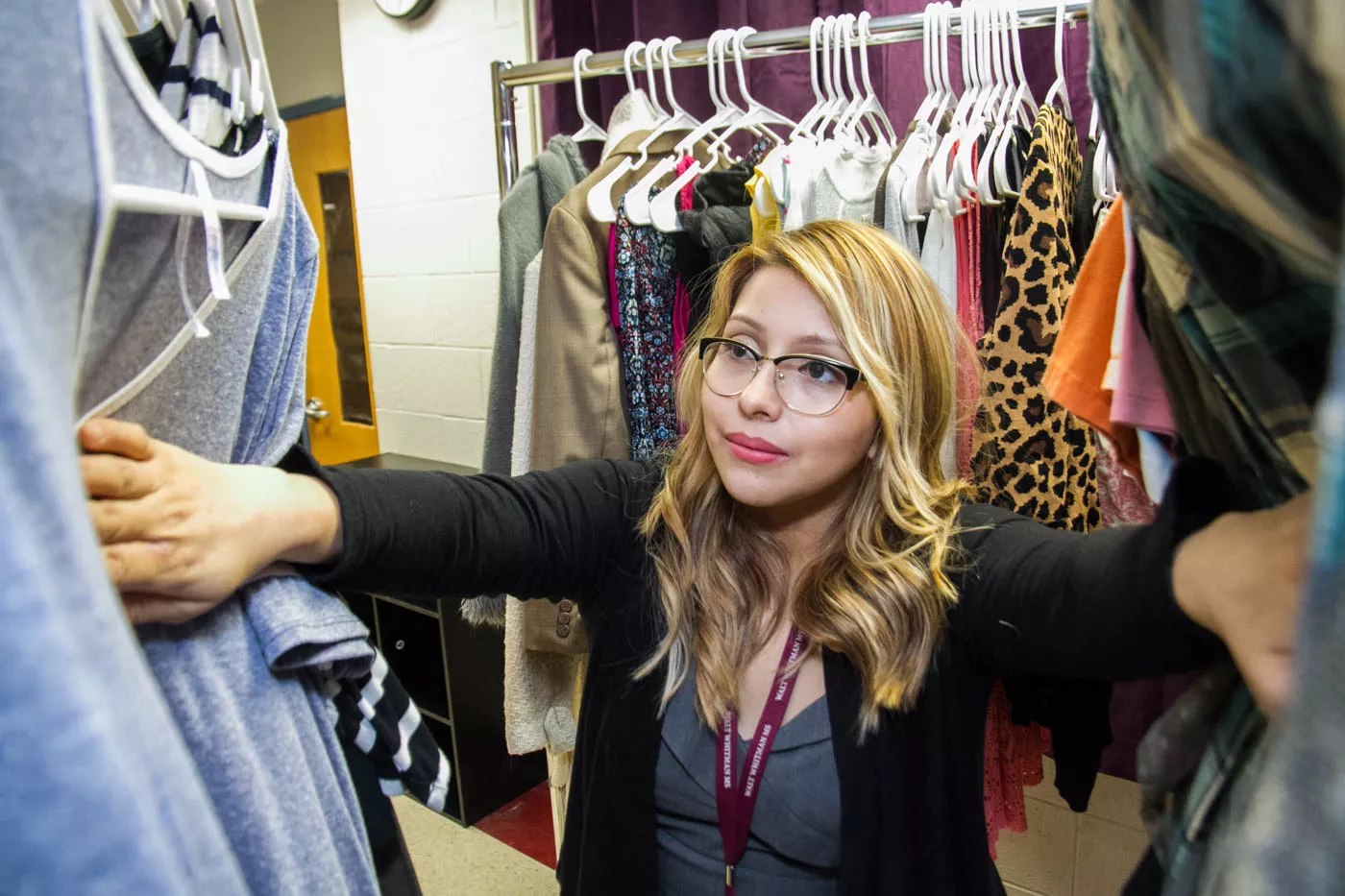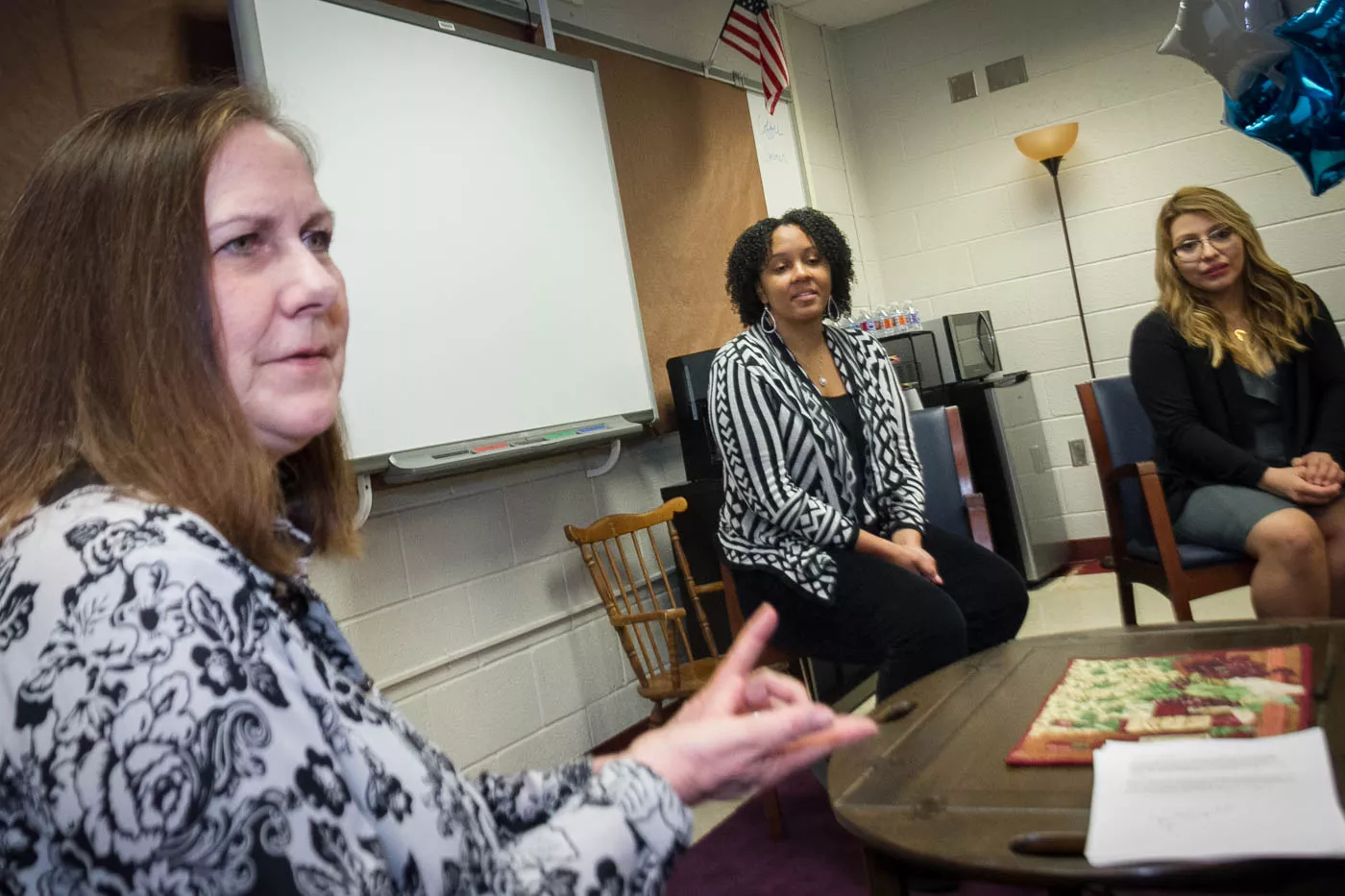6. Community Support Services
In community schools, educators recognize that students often come to school with challenges that impact their ability to learn, explore, and develop in the classroom.
Wraparound services are integrated into the fabric of the school.
Because learning does not happen in isolation, community schools provide meals, health care, mental-health counseling, and other services before, during, and after school. These wraparound services are integrated into the fabric of the school that follows the Whole Child tenets.
Connections to the community are critically important so support services and referrals are available for families and other community members.
According to the Annenberg Institute, wraparound services that support students and their families are a critical component for improving high-poverty schools.
These services address issues resulting in hunger, illness and exhaustion by bringing nutrition programs, health services and other supports into the school.
Programs assisting families in English language acquisition and job training are also provided.
Whole School, Whole Community, Whole Child
The Whole School, Whole Community, Whole Child Model, developed and released by the US Centers for Disease Control and ASCD, is the next generation of coordinated school health. This model can be used to ensure that students and the school environment are healthy, safe, and supported.
Health and student services are key components of the Community Schools model. Counseling, psychological, social services, and health services are often located within the school or in nearby community service centers.
A school’s food services play a distinct role in addressing student hunger and nutrition needs, which often pose challenges for low-income students and their families.
Many students needing these services are identified by the school’s administrators and teachers, but often by education support professionals, including bus drivers, secretaries, cafeteria workers, and custodians.
Education Support Professionals (ESPs) are frequently the most immediate and direct conduit into the school community, for the majority not only work, but also live nearby.
Additionally, ESPs frequently serve more than one school site and may act as a liaison between schools, as well as between school staff and community agencies.
School-Based Health Centers
In 2014, the United States Department of Health and Human Services (DHHS) established a School-based Health Center (SBHC) Task Force that reviewed research studies and report on outcomes.
Low-income, racial and ethnic minority students commonly experience health issues, are less likely to have a usual health care provider, and miss more days of school because of illness than do their more economically and socially advantaged peers.
They are also more likely to come to school hungry. In addition, they often have problems with vision, oral health, and hearing. SBHCs may address some of these obstacles, which can be critical to students’ education and long-term health.
The DDHS study reported on major findings including: SBHCs led to improved educational outcomes including school performance, grade promotion, and high school completion.
SBHCs also led to improved health outcomes including the delivery of vaccinations and other recommended preventive services, and decreases in asthma morbidity, and emergency department and hospital admission rates.
SBHCs provide primary health services to students in grades K-12 and may be offered within the school or in school-linked centers. SBHCs are often established in schools that serve predominantly low-income communities.
SBHCs may have the following characteristics:
- A single clinician providing primary care services or a multi-disciplinary team providing comprehensive services
- Mental health care, social services, dentistry, and health education
- Ability to extend services to school staff, student family members, and others within the surrounding community.
Adult Education Programs
Adult learners include a wide range of individuals with different motivations for continuing or restarting their schooling.
Community schools may be a hub for adult learning:
- Adult Basic Education (ABE) and Graduate Equivalency Diploma (GED) programs for students who have dropped out of school before completion;
- English as a Second-Language classes;
- citizenship classes for immigrant families;
- literacy and numeracy programs for those with minimal skills; course completion for community college or job training program eligibility;
- opportunities to learn or expand knowledge and use of various technological tools; and
- personal enrichment.
The school becomes a community center by engaging the community’s adults, including students’ family members, in education programs that address their learning needs.





